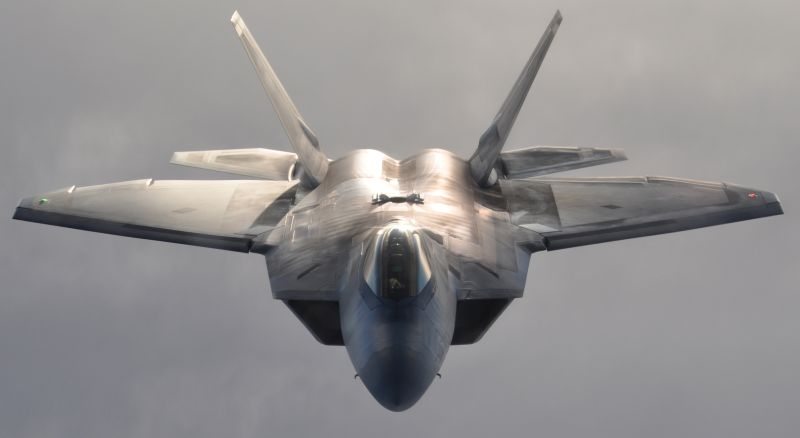Upon release of the Air Force Fiscal Year 2014 budget here April 10, the services’ senior leaders said the shadow of sequestration in 2013 and on-going fiscal uncertainty will affect critical programs and objectives for years to come.
While Air Force officials have scrambled to minimize impacts on readiness and people, the bow-wave of reductions, deferments, and cancellations will challenge the strategic choices made in the FY14 budget submission, said Maj. Gen. Edward L. Bolton, Deputy Assistant Secretary for Budget.
The Air Force FY 2014 Budget Request is strategy-based, fiscally informed, and sets a course toward full-spectrum readiness of the force to execute the Defense Strategic Guidance, he added.
Under the Budget Control Act, the Defense Department is required to reduce expenditures by $487 billion over the next 10 years with a reduction of $259 billion over the next five.
“Given today’s fiscally constrained environment, the Air Force must pursue the best combination of choices available to balance force reductions and manage war-fighting risks, resources and the bow-wave of impacts from FY 2013,” Bolton said. “Taking these actions allows us to keep faith with our 687,634 total force Airmen and continue to excel in our role to fly, fight, and win in air, space and cyberspace.”
The general said the FY 2014 Budget Request supports military end strength of 503,400. This includes active component end strength of 327,600, a decrease of 1,860; Reserve component end strength of 70,400, a decrease of 480; and Air National Guard end strength of 105,400, a decrease of 300 relative to the Air Force’s FY2013 National Defense Authorization Act-enacted levels.
“This budget reallocates manpower to our highest priorities and sustains, with less-than- desirable risk, our cornerstone programs across the broad Air Force portfolio of mission sets,” Bolton said.
According to Bolton, the FY14 operation and maintenance budget request supports 79 major installations: 72 active duty, two Air National Guard and five Air Force Reserve. The request also funds flying operations, space operations, cyber operations, intelligence, logistics, nuclear deterrence, search and rescue and special operations activities.
The procurement portfolio, officials said, delivers both immediate and future capabilities through investment across four specific appropriations: aircraft, missile, ammunition and other procurement.
A new multi-year C-130 procurement initiative leverages resources across services, funding six C-130J aircraft, one HC-130, four MC-130s and five AC-130s in FY14, Bolton said.
“Additionally, the Air Force procures twelve MQ-9, nineteen F-35A, and three CV-22B Osprey in addition to various upgrades and modifications to the existing fleet.”
The Air Force’s space and missile objectives include procuring a fixed price block buy of advanced extremely high frequency satellite vehicles and space-based infrared systems in addition to space situational awareness systems and global positioning systems.
“To ensure future viability of our nation’s nuclear deterrence operations, we’ve requested funding for long-range, penetrating bomber as well as Minuteman III Intercontinental Ballistic Missile modernization projects,” Bolton said.
In addition to funding for the KC-46A cargo aircraft, resource allocations will foster system development of the F-35 Joint Strike Fighter, the next generation strike aircraft for the U.S. Air Force, Navy, Marine Corps and our allies, the general explained.
The Air Force military construction appropriation, Bolton said, funds construction projects supporting operational needs, infrastructure modernization, combatant commander priorities and quality-of-life initiatives for Airmen and joint personnel.
“The FY14 MILCON budget request restores funding to historic levels when compared to last year,” he said.
In FY14, the Air Force requests $1.3million for the active, Guard and Reserve MILCON programs, an $880 million increase from FY13.
“We do maintain the capability to support the strategy; we did accurately balance the active duty, Guard and Reserve,” Bolton said. “We do support Airmen and their families, but the capabilities are at risk as a result of the bow wave between ’13 and ’14. Bottom line … to completely reconstitute the Air Force is going to take some time.”










